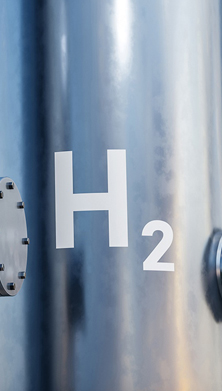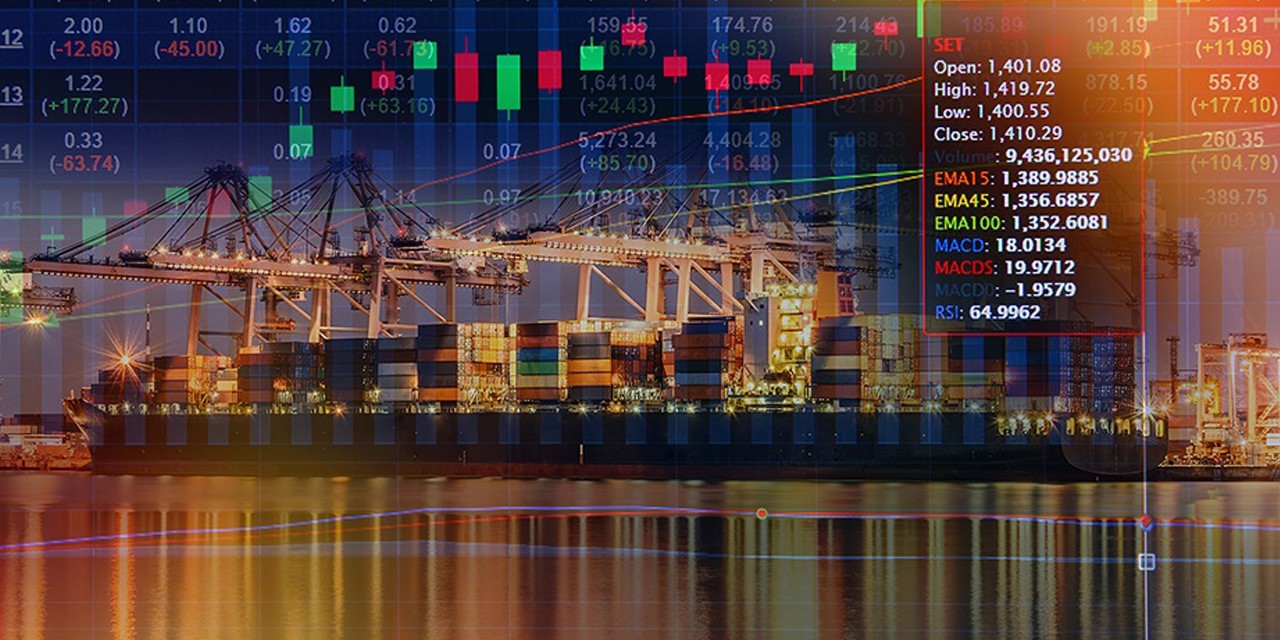This article is part of the Allianz Risk Barometer 2022

7. Fire, explosion
Allianz Risk Barometer 2022
Fire, explosion: → Rank 7 (17%)
Ranking history:
2021: 7 (16%)
2020: 6 (20%)
2019: 6 (19%)
2018: 6 (20%)
2017: 7 (16%)
9. Shortage of skilled workforce

Allianz Risk Barometer 2022
Shortage of skilled workforce: ↑ Rank 9 (13%)
Ranking history:
2021: 13 (8%)
2020: 6 (9%)
2019: 6 (9%)
2018: 6 (6%)
2017: 7 (6%)

8. Market developments & 10. Macroeconomic developments
Allianz Risk Barometer 2022
Market developments: ↓ Rank 8 (15%) & Macroeconomic developments: ↓ Rank 10 (11%)
Ranking history Market developments:
- 2021: 4 (19%)
- 2020: 5 (21%)
- 2019: 5 (23%)
- 2018: 4 (22%)
- 2017: 2 (31%)
Ranking history Macroeconomic developments
- 2021: 8 (13%)
- 2020: 10 (11%)
- 2019: 13 (8%)
- 2018: 11 (9%)
- 2017: 6 (22%)
2022 is unlikely to be much more stable. Covid-19 is not over and the Omicron variant might render herd immunity as elusive as ever: the constant changing between tightening and loosening restrictions may continue. Supply chain tensions will certainly ease gradually but a return to normal trade flows will take its time. New Covid-19 outbreaks could easily plungentrade into renewed chaos, in particular as China, still the linchpin for most global supply chains, will continue to follow its zero-Covid policy, implying repeated lockdowns.
But in one important aspect, 2022 will be different: fiscal policy will be much less accommodating; there will be no further pay checks for households. In some countries, the fiscal deficit is set to decline by a whopping five percentage points. This contraction, or “fiscal cliff” could become a big drag on growth, in particular if the gap is not filled by private spending and investing (from excessive savings accumulated during lockdowns).
The “hiking cycle” and market movements
Capital markets were firmly under the spell of monetary policy in 2021. Fueled by ample and cheap liquidity and shrugging off repeated lockdowns, supply bottlenecks and rising inflation, markets knew only one direction: up and up, climbing from one record to the other. 2022 will be different as central banks respond. However, the “hiking cycle” is likely to be a protracted and shallow process. The US Federal Reserve (Fed) will end its bond purchases soon and then follow swiftly with interest rate hikes. Key interest rates may reach the 2% mark again, but hardly move beyond. The Fed is unlikely to raise rates above the level that prevailed before Covid-19.
This is even truer for the European Central Bank (ECB). Bond purchases will be tapered this year but will continue well into 2023. Interest rates will also rise again at some point – but hardly above the zero line. The first increase in deposit rates is not expected until 2023, and zero could be reached again by 2025. Why are central banks so timid? Exiting expansionary monetary policy is much harder than opening the liquidity floodgates. Against the backdrop of elevated markets at stretched valuations, central banks face a delicate balancing act. Otherwise, a market crash looms, with harsh consequences for growth and jobs. But even if central banks pull off the trick – a big if, indeed, given the unforgiving inflation development – markets are in for a much rougher ride in 2022 than in 2021. Volatility is set to increase considerably and repercussions of the monetary turnaround will be felt around the globe, with weaker emerging markets coming under severe strain.
References
[1] ManpowerGroup, Employment Outlook Survey Q3, 2021
[2] DAXX, The Software Developer Shortage in the US and the Global Tech Talent Shortage in 2022, January 5, 2022
[3] Korn Ferry, The $8.5 Trillion Talent Shortage
Pictures: Adobe Stock, Shutterstock
Newsletter
Keep up to date on all news and insights from AGCS















